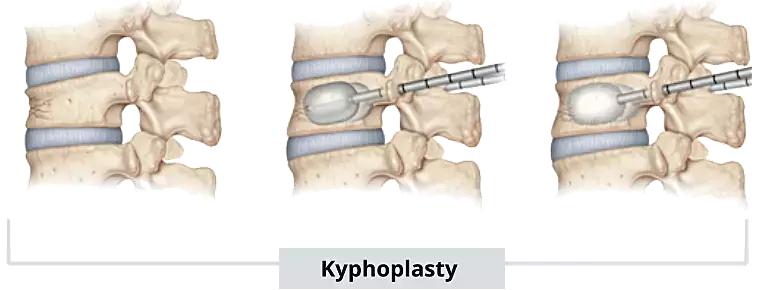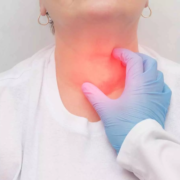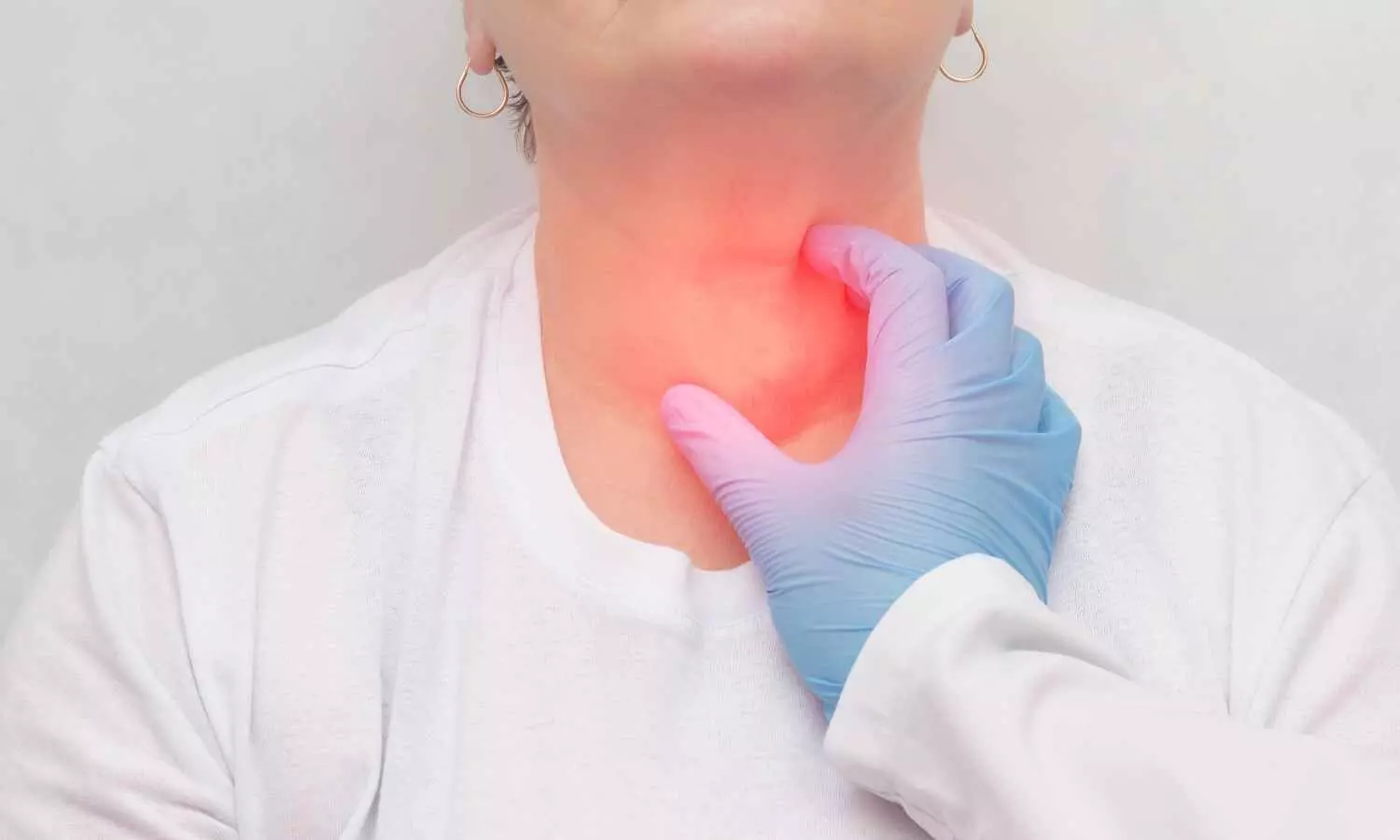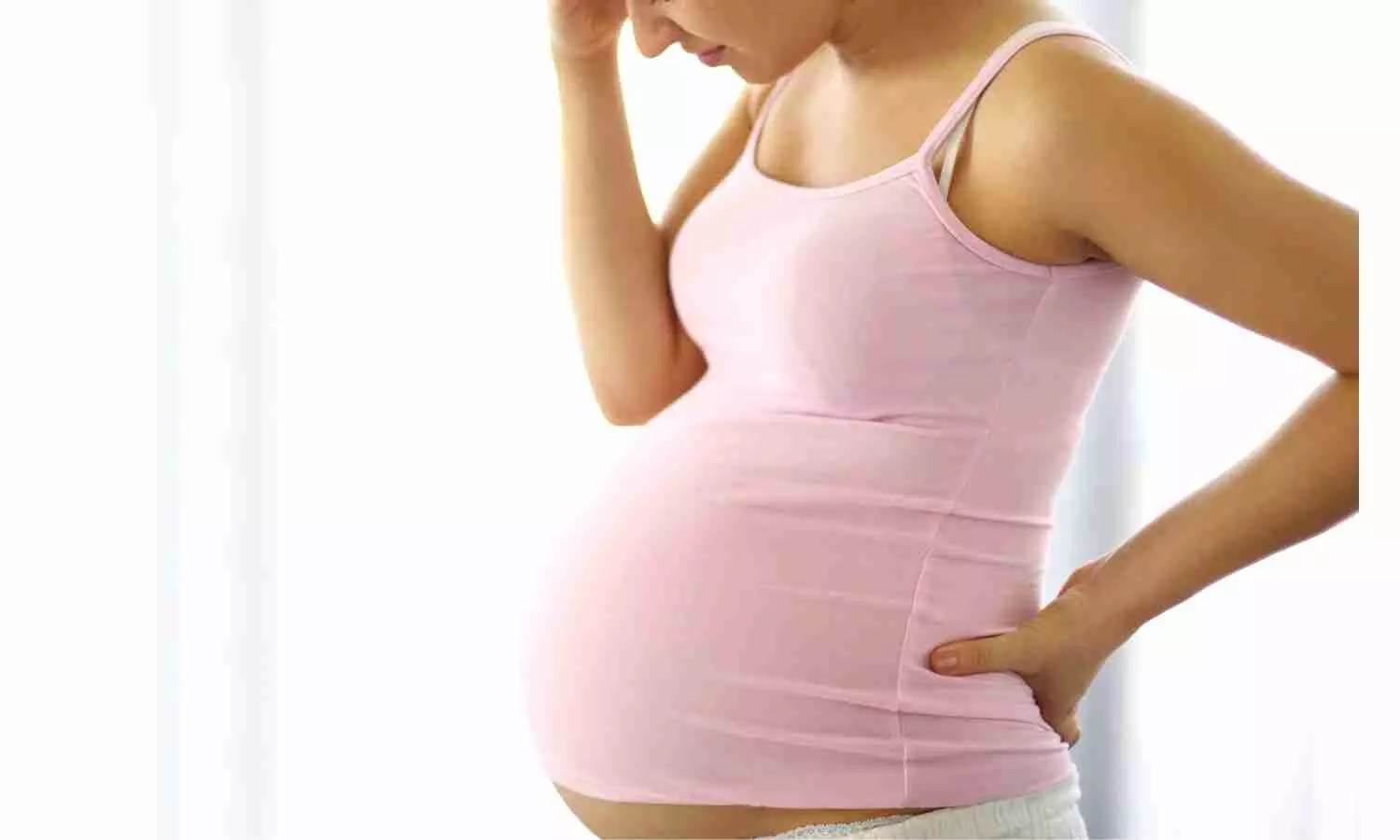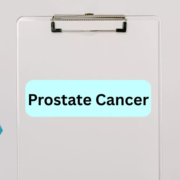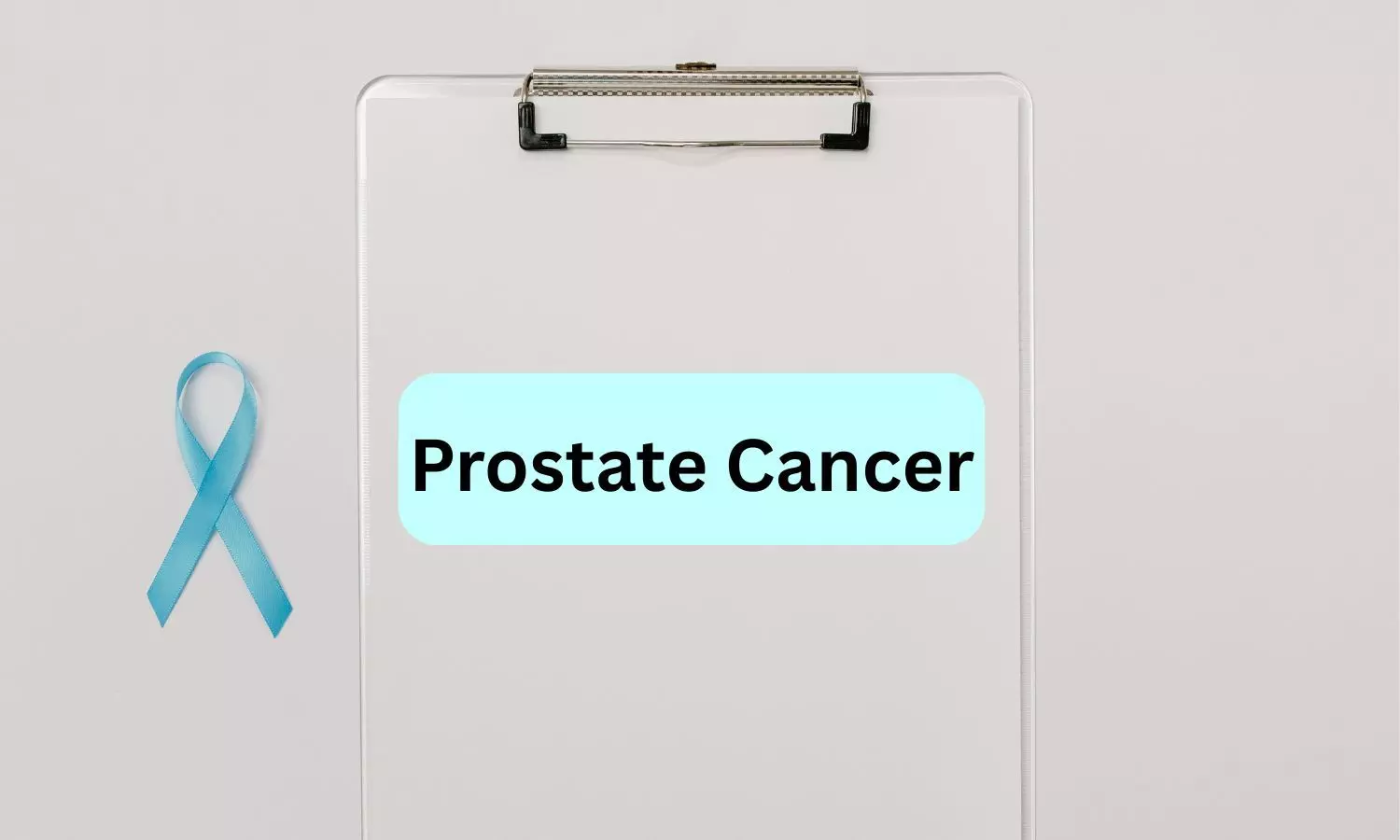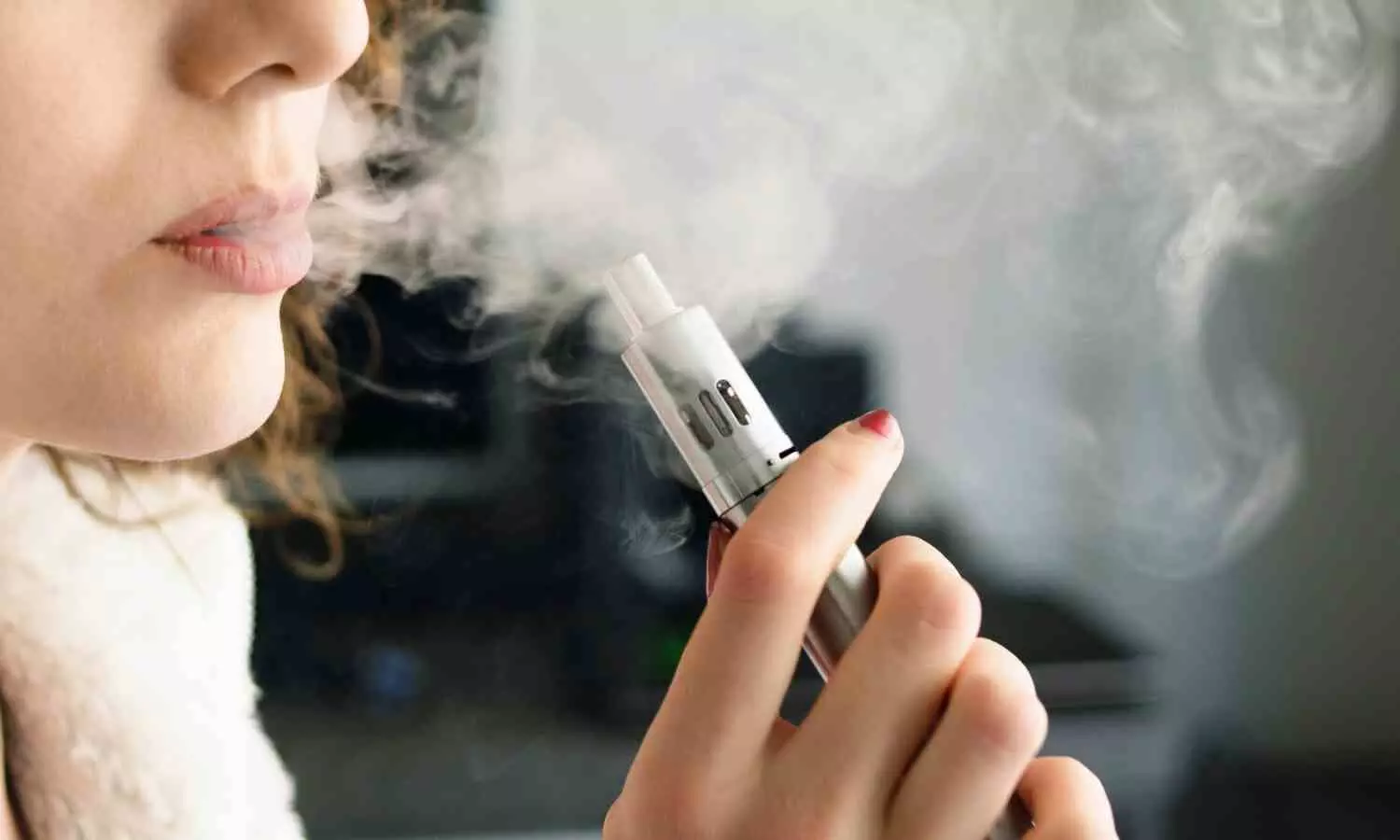MetALD, ALD Linked to Higher Liver Risks and Mortality in Steatotic Liver Disease: Study Shows

USA: A large cohort study published in JAMA Internal Medicine has revealed that adults with alcohol-associated forms of steatotic liver disease face significantly higher risks of liver complications and mortality compared to those with metabolic-associated steatotic liver disease (MASLD). The study, led by Dr. Pedro Ochoa-Allemant and colleagues from the University of Pennsylvania, sheds light on how different subtypes of liver steatosis influence long-term health outcomes.
“MetALD and ALD subtypes of steatotic liver disease showed higher liver complications (HR 1.56 and 2.33) and mortality (HR 1.42) vs MASLD, while cardiovascular risks were similar. Advanced fibrosis raised liver risks over 10-fold across all subtypes,” the researchers reported.
Steatotic liver disease, a growing global contributor to advanced liver disease, encompasses several subtypes, including MASLD, alcohol-associated liver disease (ALD), and a combined category termed MetALD (metabolic dysfunction and alcohol-associated liver disease). While prior studies have generally grouped these patients, the new analysis provides a clearer understanding of subtype-specific risks.
The retrospective study included over 341,000 adults with imaging-confirmed hepatic steatosis, all receiving outpatient care through the US Veterans Health Administration between 2010 and 2021. Patients were followed for a median of 5.5 years to track adverse liver outcomes—such as cirrhosis, liver failure, hepatocellular carcinoma, liver transplants, or liver-related deaths—as well as major adverse cardiovascular events (MACE) and all-cause mortality.
The study revealed the following findings:
- 77.3% of patients had MASLD, 17.9% had MetALD, and 4.8% had ALD.
- Liver-related complication rates were higher in MetALD (1.12 per 100 person-years) and ALD (1.78 per 100 person-years) compared to MASLD (0.61 per 100 person-years).
- All-cause mortality was elevated in MetALD (HR 1.08) and ALD (HR 1.42) groups compared to MASLD.
- Cardiovascular event rates were similar across MASLD, MetALD, and ALD subtypes.
- Advanced liver fibrosis, reflected by higher Fibrosis-4 (FIB-4) scores, was linked to a tenfold increase in liver-related complications across all subtypes.
- ALD patients with high FIB-4 scores had a liver event rate of 5.05 per 100 person-years.
- Severe alcohol use, alcohol use disorder, and diabetes were the strongest risk factors for adverse liver outcomes.
The study’s results emphasize the clinical value of assessing alcohol use and liver fibrosis in patients with hepatic steatosis. “Recognizing the nuanced risks associated with different subtypes of steatotic liver disease is critical,” the authors note, as it can help target those patients who may benefit most from closer monitoring and early interventions.
The authors concluded, “Overall, this study highlights the need for more personalized approaches in managing patients with fatty liver disease, particularly those with coexisting metabolic and alcohol-related risk factors.”
Reference:
Ochoa-Allemant P, Hubbard RA, Kaplan DE, Serper M. Adverse Liver Outcomes, Cardiovascular Events, and Mortality in Steatotic Liver Disease. JAMA Intern Med. Published online June 16, 2025. doi:10.1001/jamainternmed.2025.1809
Powered by WPeMatico




